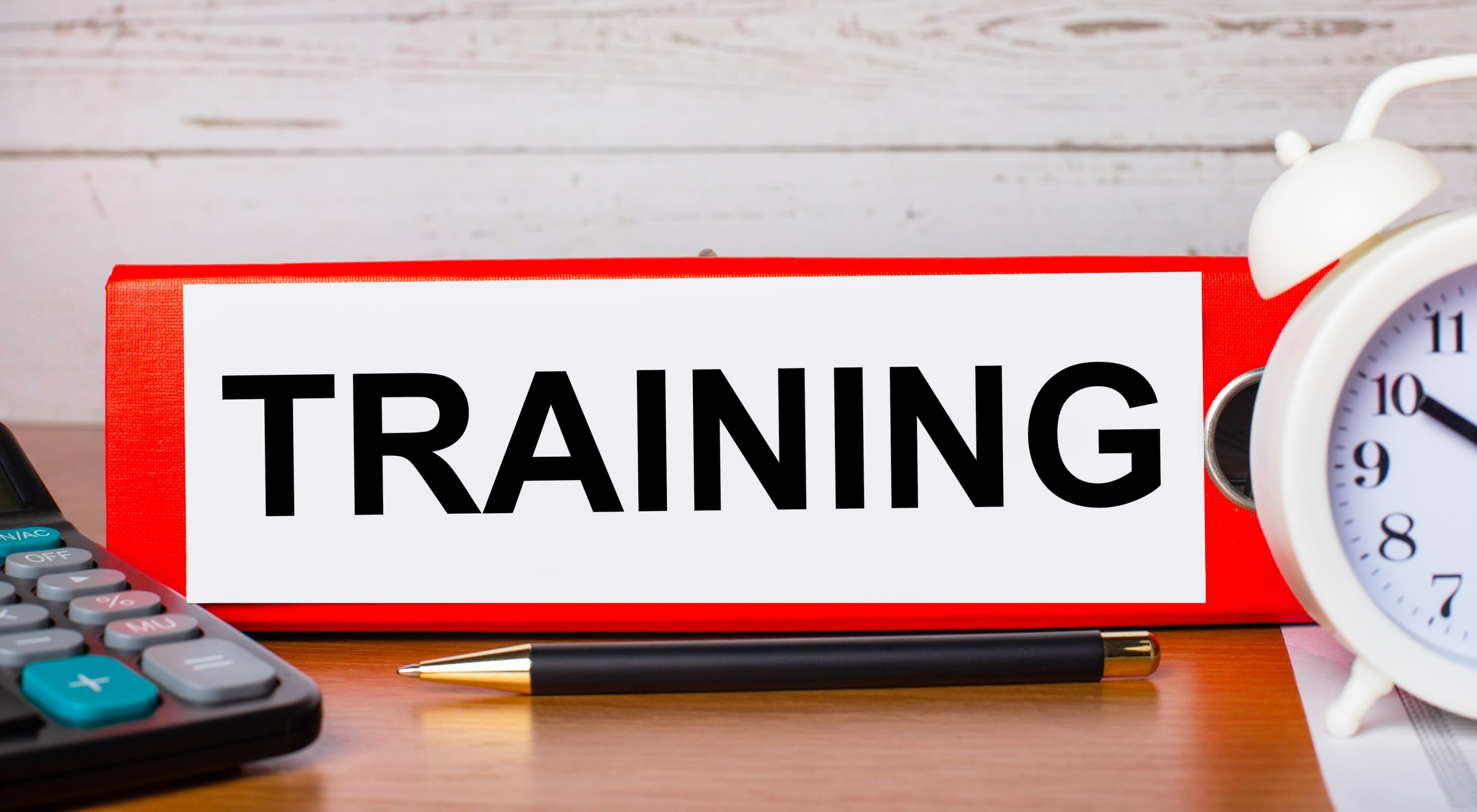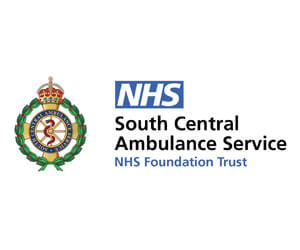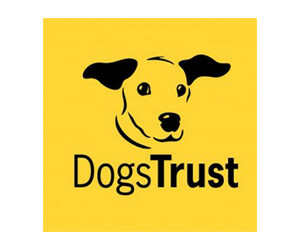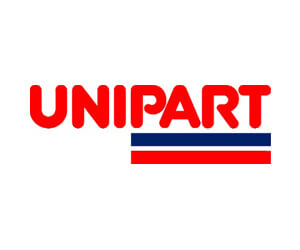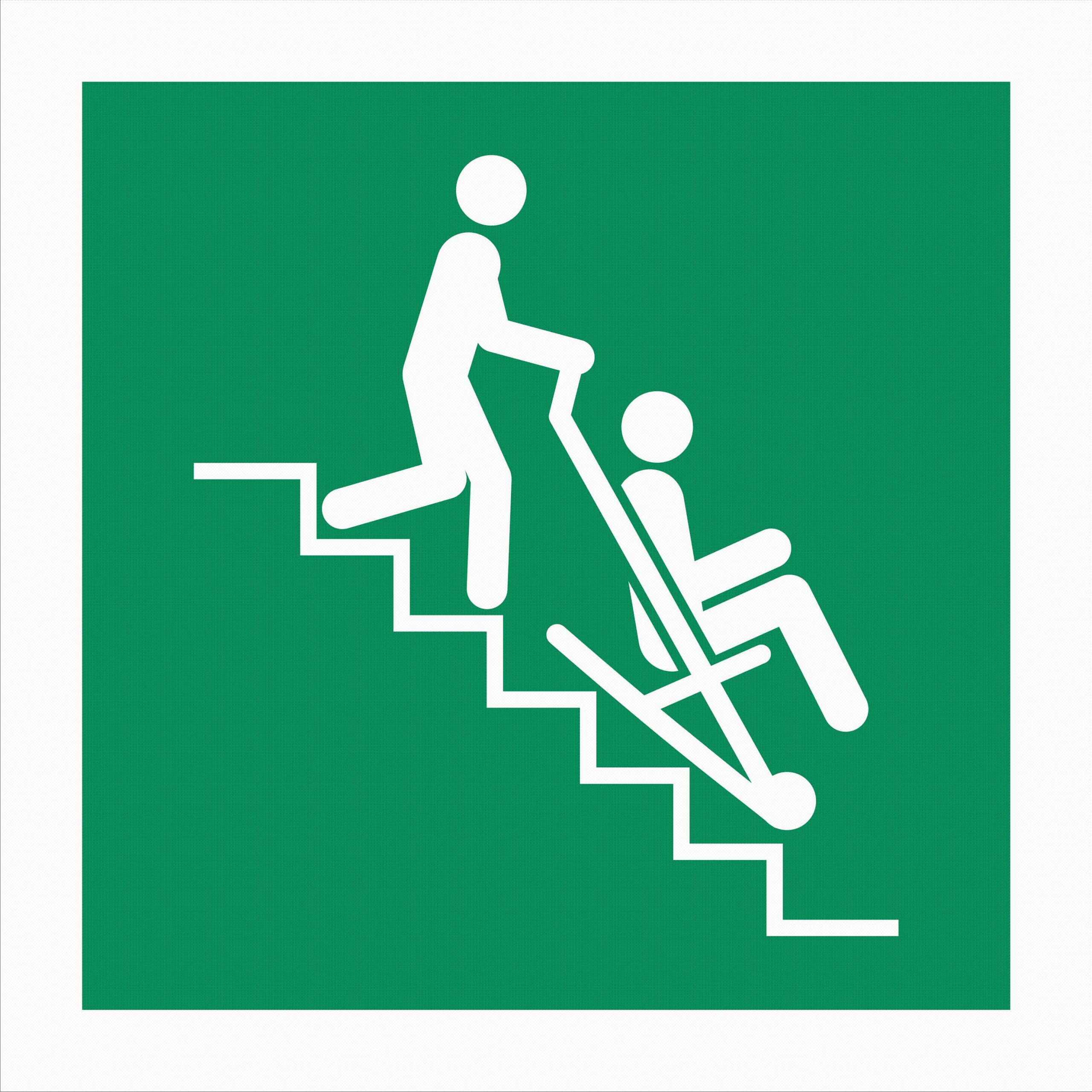
Is your evacuation chair training suitable and sufficient?
Evacuation chairs can potentially offer a stairway-based escape option for the less mobile, when lifts cannot be used. However, they do require competent operators to be used safely. Such competency must be generated through effective training followed by regular practice. If either element is missing, operators will not have the confidence to operate the chairs in a genuine situation.
What will make evacuation chair training effective? The starting point will be to select suitable trainees. They need to be mobile individuals with at least average upper body strength. It will need to cover a range of topics such as the uses and limitations of the chair, pre-use checks, how to set-up the chair, how to transfer evacuees into it and descend stairs safely. The whole process involves manual handling and people handling, so the trainer should possess knowledge of both and should integrate relevant elements.
People moving and handling
The people handling element is most often skirted over. Videos often show the wheelchair user jumping into the evacuation chair. This may happen sometimes, but the evacuee will often need help in this process. The degree of help will depend upon their level of ability. We draw from our experience with the IOSH People Handling Train the Trainer course to provide a range of suggested techniques and we integrate practical training on these into our IOSH Evacuation Chair Train-the-Trainer course and our evac chair operator training offerings.
How long should evac chair training be?
The evacuation chair training must be of a suitable duration to allow plenty of practical work. Our Evacuation Chair Operator Training lasts for 3.5 hours. This will ensure time for the theory as well as lots of hands-on practice of how to set up the chairs, manoeuvre on the flat and transfer passengers into it. We would typically give operators a go with an empty chair down the stairs followed by at least 3 trips with a passenger.
After the initial training, regular practice is required as discussed in our article “The importance of evacuation chair refresher training”.


